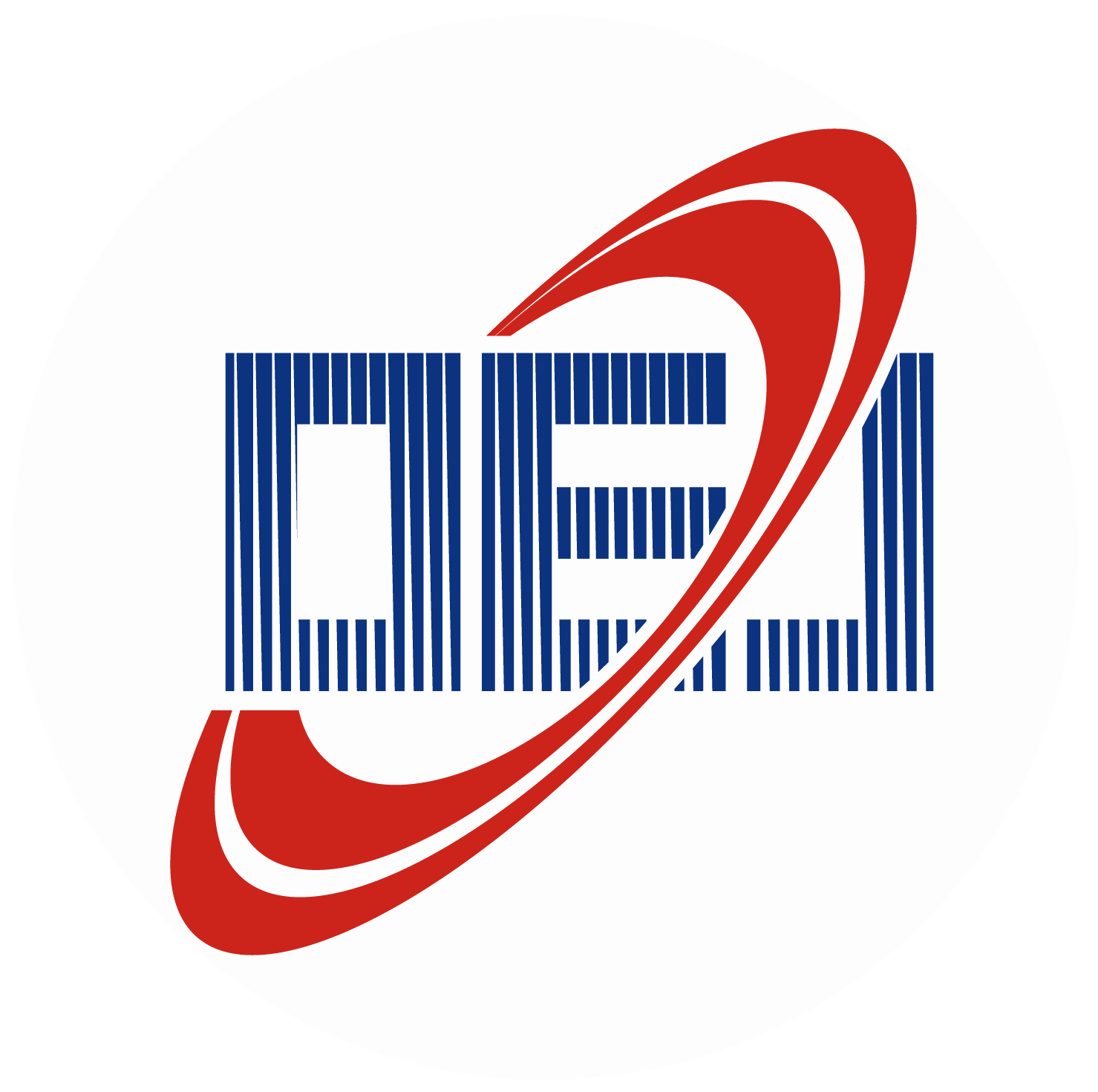-
Abstract
Optical logic gates play important roles in all-optical logic circuits, which lie at the heart of the next-generation optical computing technology. However, the intrinsic contradiction between compactness and robustness hinders the development in this field. Here, we propose a simple design principle that can possess multiple-input-output states according to the incident circular polarization and direction based on the metasurface doublet, which enables controlled-NOT logic gates in infrared region. Therefore, the directional asymmetric electromagnetic transmission can be achieved. As a proof of concept, a spin-dependent Janus metasurface is designed and experimentally verified that four distinct images corresponding to four input states can be captured in the far-field. In addition, since the design method is derived from geometric optics, it can be easily applied to other spectra. We believe that the proposed metasurface doublet may empower many potential applications in chiral imaging, chiroptical spectroscopy and optical computing. -



 E-mail Alert
E-mail Alert RSS
RSS


